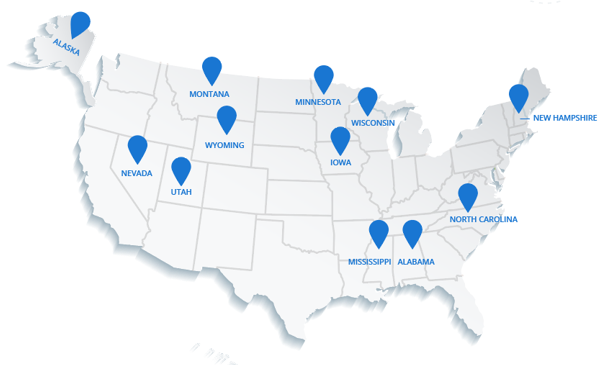Here are 10 things to know for anesthesiologists and ASCs in 2023:
-
The demand for anesthesiologists is expected to grow faster than average. The Bureau of Labor Statistics (BLS) projects that employment of anesthesiologists will grow 10% from 2020 to 2030, much faster than the average for all occupations. This growth is expected to be driven by an aging population, which is more likely to need surgery and anesthesia, and by the increasing number of surgical procedures being performed.
- ASCs are becoming increasingly popular for surgical procedures. ASCs are outpatient facilities that offer a variety of surgical procedures, including minimally invasive surgery. ASCs are typically smaller and less expensive than hospitals, and they often offer shorter wait times and more convenient locations. As a result, the number of surgical procedures performed at ASCs is expected to continue to grow in the coming years.
- Pay-for-performance models are becoming more common. Pay-for-performance models are reimbursement systems that reward anesthesiologists and ASCs for providing high-quality care and achieving good outcomes. These models are becoming more common as healthcare payers look for ways to reduce costs and improve quality.
- The use of technology is increasing in anesthesiology. Technology is playing an increasingly important role in anesthesiology, with new tools and devices being developed to improve the safety and efficiency of anesthesia care. For example, some anesthesiologists are now using robotic devices to perform certain procedures.
- Anesthesiologists are facing increasing pressure to reduce costs. As healthcare costs continue to rise, anesthesiologists are facing increasing pressure to reduce their costs. This is putting pressure on anesthesiologists to find more efficient ways to provide care and to use lower-cost medications and supplies.
- Anesthesiologists are increasingly involved in pain management. Anesthesiologists are now playing a more active role in pain management, both before and after surgery. This is due to a growing recognition of the importance of pain management in improving patient outcomes.
- Patient safety is a top priority for anesthesiologists. Anesthesiologists are committed to providing the safest possible care for their patients. This includes using the latest evidence-based practices and implementing safety measures to reduce the risk of complications.
- Anesthesiologists are advocates for their patients. Anesthesiologists advocate for their patients by ensuring that they have access to high-quality care and by protecting their rights. Anesthesiologists also work to educate patients about anesthesia and the risks and benefits of different surgical procedures.
- Anesthesiologists are involved in research and teaching. Anesthesiologists are involved in research to improve the safety and effectiveness of anesthesia care. They also teach medical students and residents about anesthesiology.
- Anesthesiologists are members of professional organizations. Anesthesiologists are members of professional organizations such as the American Society of Anesthesiologists (ASA). These organizations provide anesthesiologists with opportunities for education, networking, and advocacy.
These are just a few of the things that anesthesiologists and ASCs need to be aware of in 2023. The field of anesthesiology is constantly changing, and it is important for anesthesiologists and ASCs to stay up-to-date on the latest developments.
.png?width=50&height=50&name=Cube-Logo-150x150%20(1).png)
Post by
DirectShifts
November 1, 2023
November 1, 2023




Comments